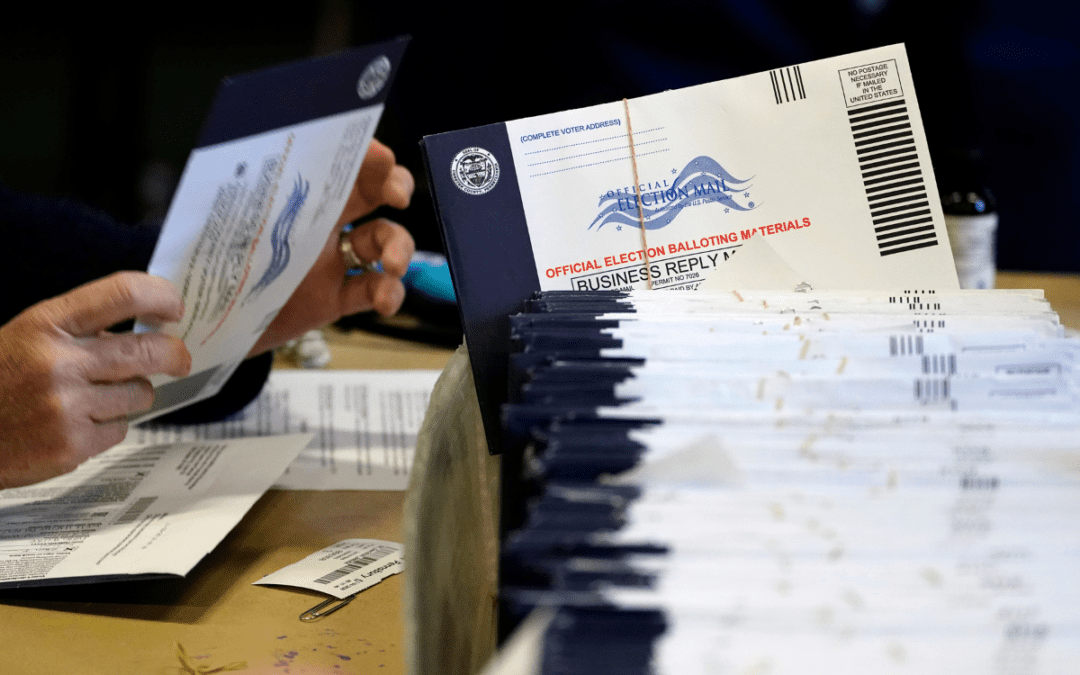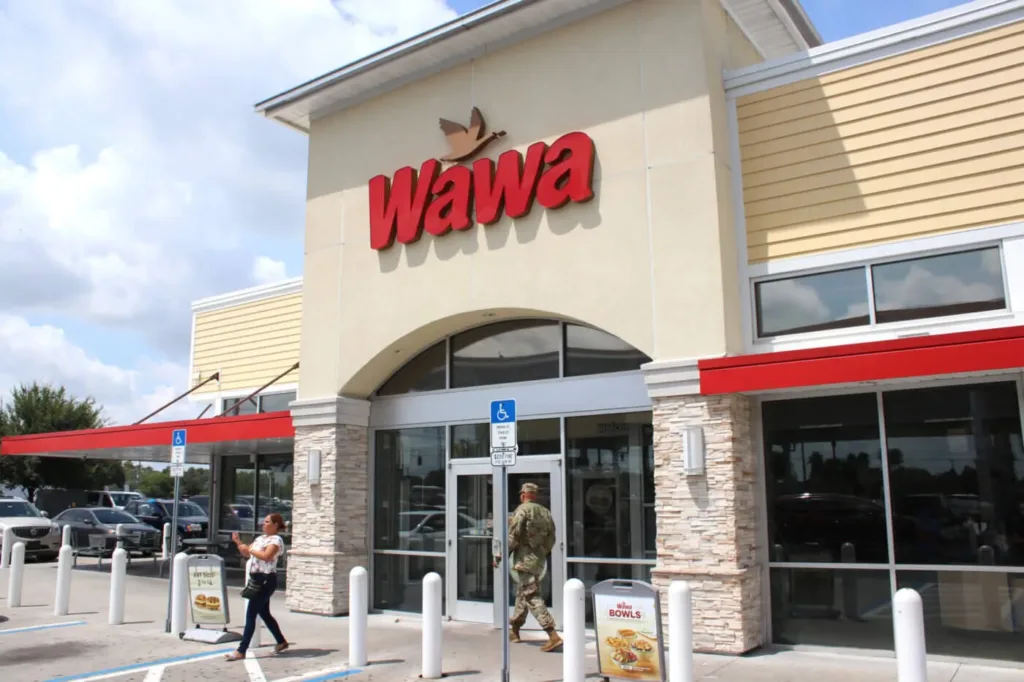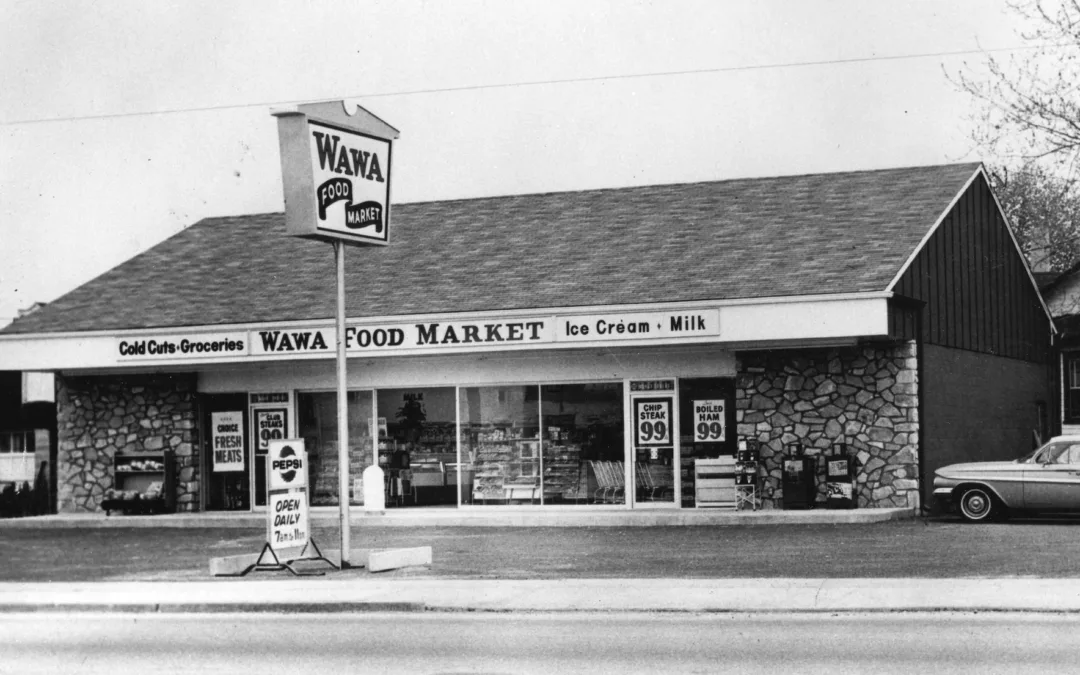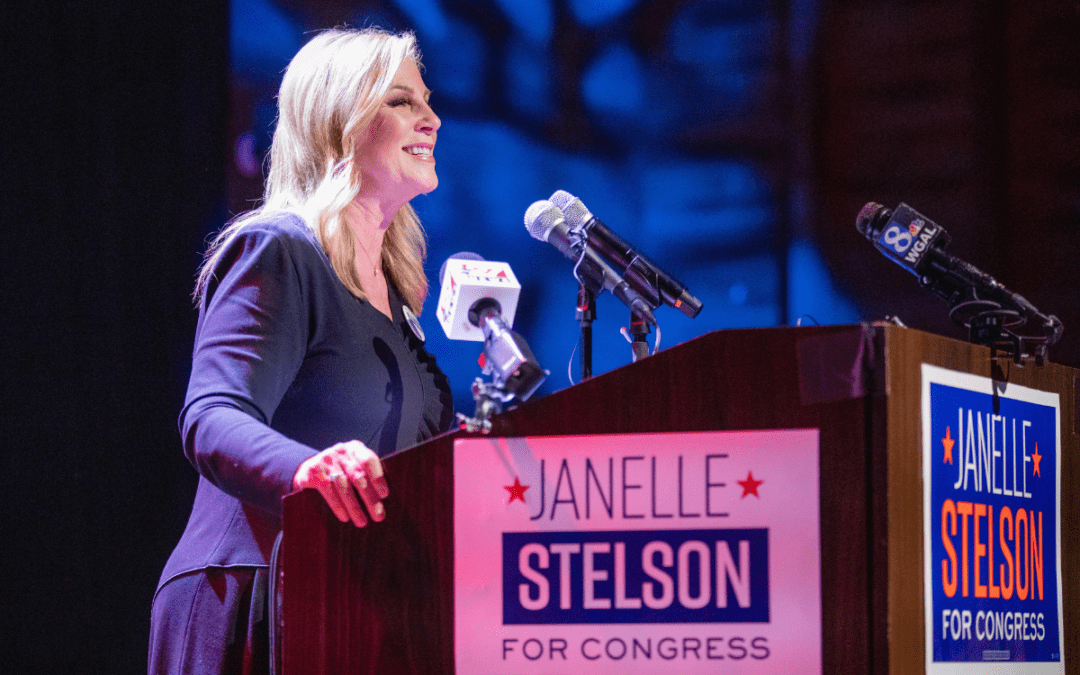
FILE - This Oct. 16, 2019, file photos shows an AmerisourceBergen Corp. office building in Conshohocken, Pa. A $26 billion settlement between the three biggest U.S. drug distribution companies and drugmaker Johnson & Johnson and thousands of states and municipalities that sued over the toll of the opioid crisis is certainly significant, but it is far from tying a neat bow on the tangle of still unresolved lawsuits surrounding the epidemic. (AP Photo/Matt Rourke, File)
All 67 counties have signed on to receive a portion of the $1.07 billion Pennsylvania is slated to receive from the opioid settlement agreement.
Pennsylvania will receive $1.07 billion from the settlement agreement with three of the country’s largest pharmaceutical providers and manufacturer Johnson & Johnson over their role in fueling the nationwide opioid crisis.
All 67 counties in the commonwealth opted to join the agreement negotiated by state Attorney General Josh Shapiro and other state attorneys general. Pharmaceutical providers Cardinal Health, McKesson, and AmerisourceBergen, along with Johnson & Johnson, must pay a total of $26 billion over the next 18 years.
“This agreement marks the most significant influx of resources to our commonwealth to address this epidemic, jet-fueled by greedy pharmaceutical companies,” Shapiro said in a statement last week.
The $26 billion settlement aims to resolve thousands of lawsuits against the drug distributors and manufacturer, though they have not admitted any wrongdoing. The companies faced accusations of letting addictive drugs enter illegal channels and downplaying addiction risks in their marketing.
Pennsylvania should start to receive funding as soon as April and could get $232 million in the first year alone. The state’s total share of the agreement equals $78 per resident.
“Every community in Pennsylvania has been touched by the opioid crisis — it has ravaged our towns, our families, and our state,” Shapiro said.

Money from the agreement must be used to address the opioid crisis, including substance use disorder treatment, distribution of the overdose reversal medication naloxone, and community outreach programs to combat addiction.
The formula used to allocate funding from the agreement prioritizes those communities hardest-hit by the opioid crisis. Of the $1.07 billion, 15% will go to the state, 70% to the counties, and 15% to government entities.
Each county in Pennsylvania will receive its share of the agreement amount through an initial payment this year and additional money spaced over the next 18 years. The amount each county will receive is based on metrics that measure the severity of the crisis—overdose deaths, rate of opioid use disorder hospitalizations, naloxone administrations, and opioids dispensed.
There were 5,217 fatal overdoses statewide in 2020, according to the Centers for Disease Control and Prevention. It’s a 16% increase from 2019, and is not a far cry from the 5,388 overdose deaths at the height of the opioid crisis in 2017. The state Department of Drug and Alcohol Programs estimates the overdose rate in 2021 will look similar to 2017.
Gov. Tom Wolf declared the opioid epidemic a public health emergency in January 2018 when the state reported a record number of overdose deaths. The declaration expired in August of last year after the Republican-controlled Legislature declined to extend it.
Politics

Breaking down IVF: What it is and why it’s important in the fight for reproductive rights
In vitro fertilization, or IVF, has been at the forefront of a major reproductive rights battle, but what exactly is it? For many Americans, in...

Fetterman introduces bill to protect affordable internet access for 23 million households
The Affordable Connectivity Program expired on Tuesday due to Republican opposition, putting affordable high-speed internet access at risk for 23...

Democrats advance election bill in Pennsylvania long sought by counties to process ballots faster
HARRISBURG, Pa. (AP) — Pennsylvania's House of Representatives on Wednesday approved a bill long sought by counties seeking help to manage huge...
Local News

Look out, Sheetz, Wawa is officially moving into your territory with Central Pa. expansion
The Delaware County-based convenience store chain broke ground on its first Dauphin County location Wednesday in Middletown, with five more stores...

What do you know about Wawa? 7 fun facts about Pennsylvania’s beloved convenience store
Wawa has 60 years of Pennsylvania roots, and today the commonwealth’s largest private company has more than 1,000 locations along the east coast....






